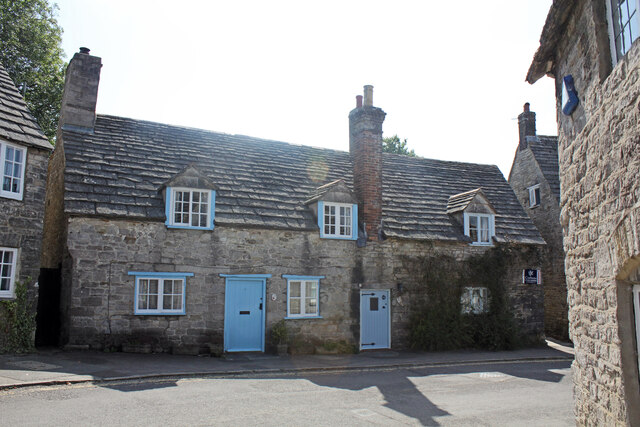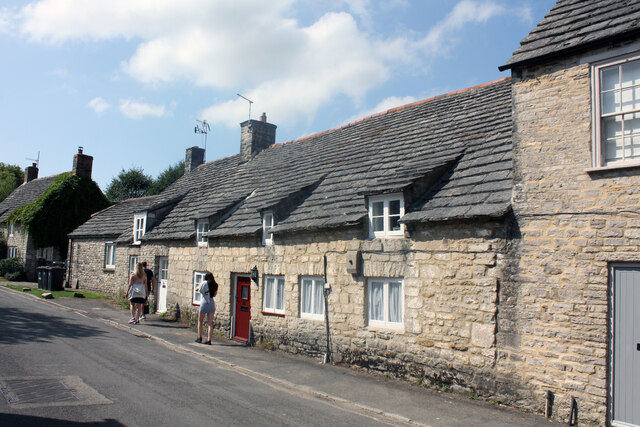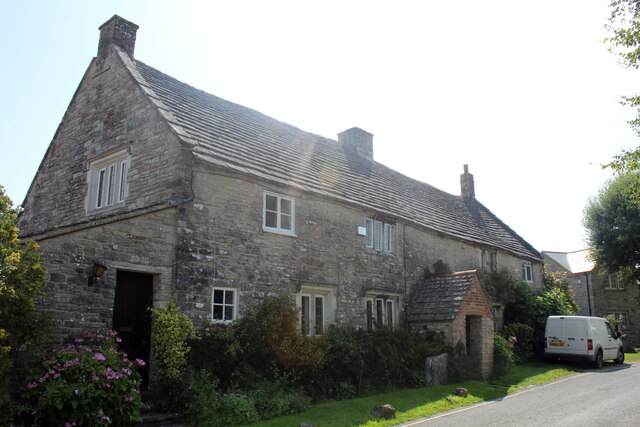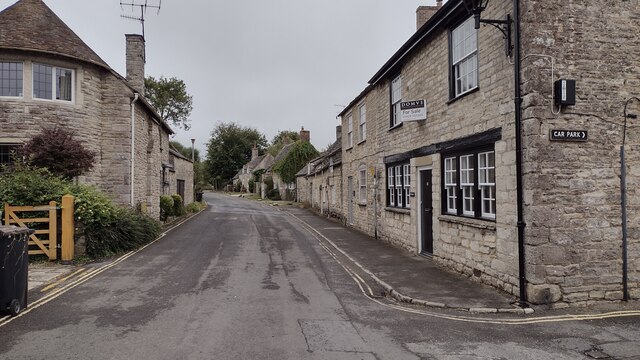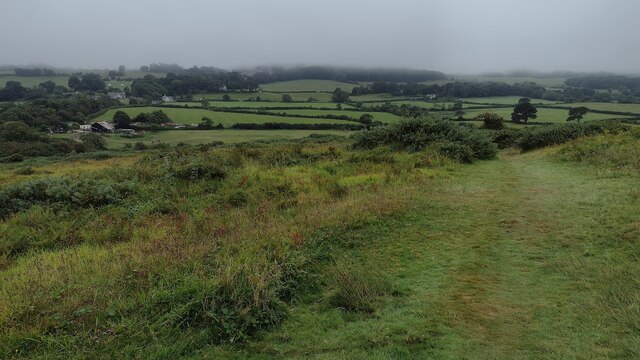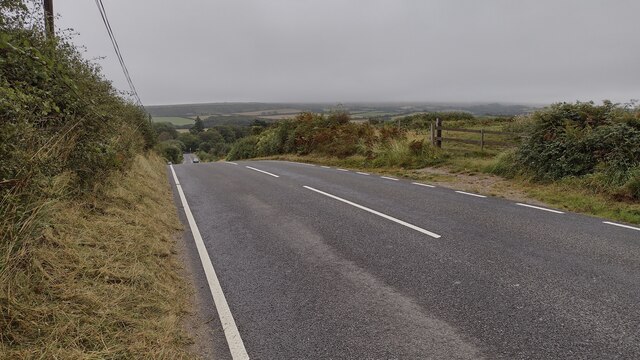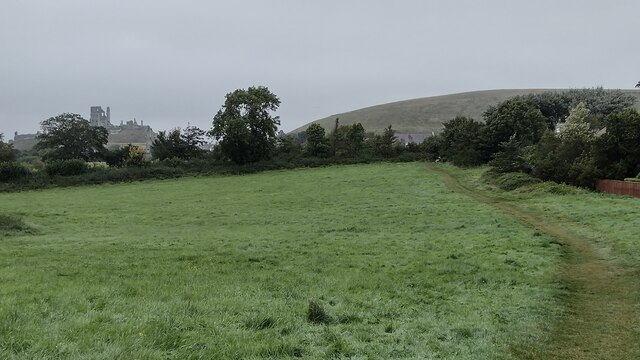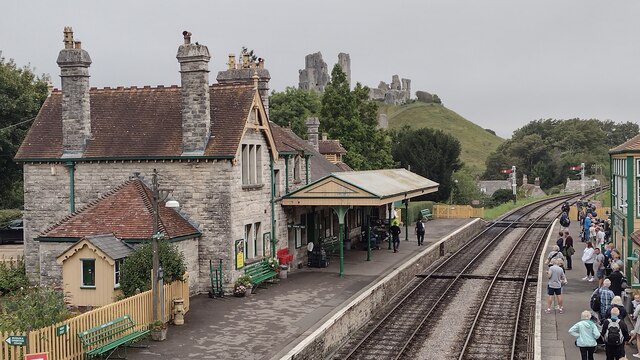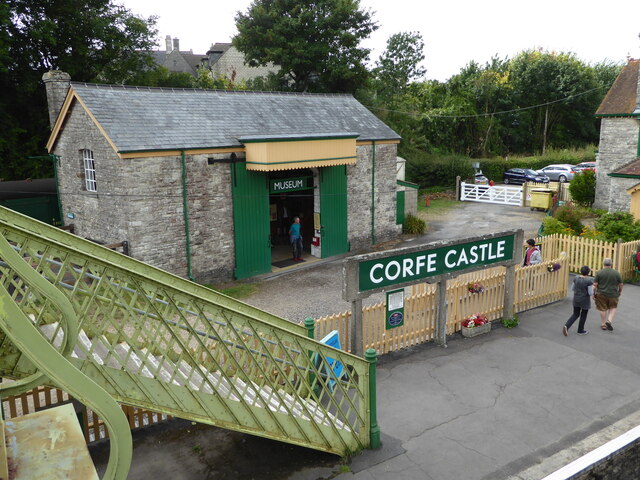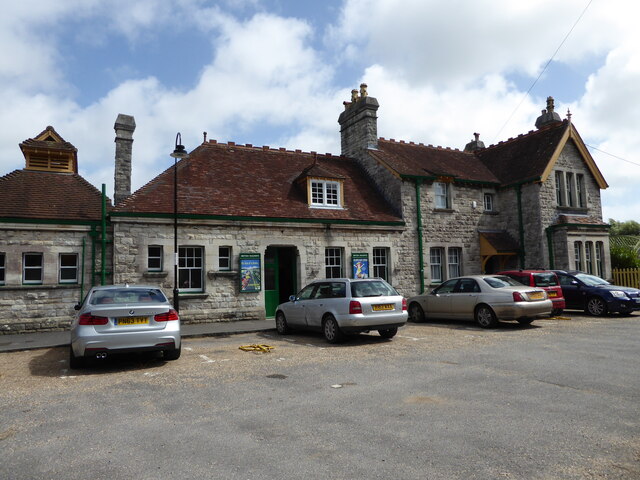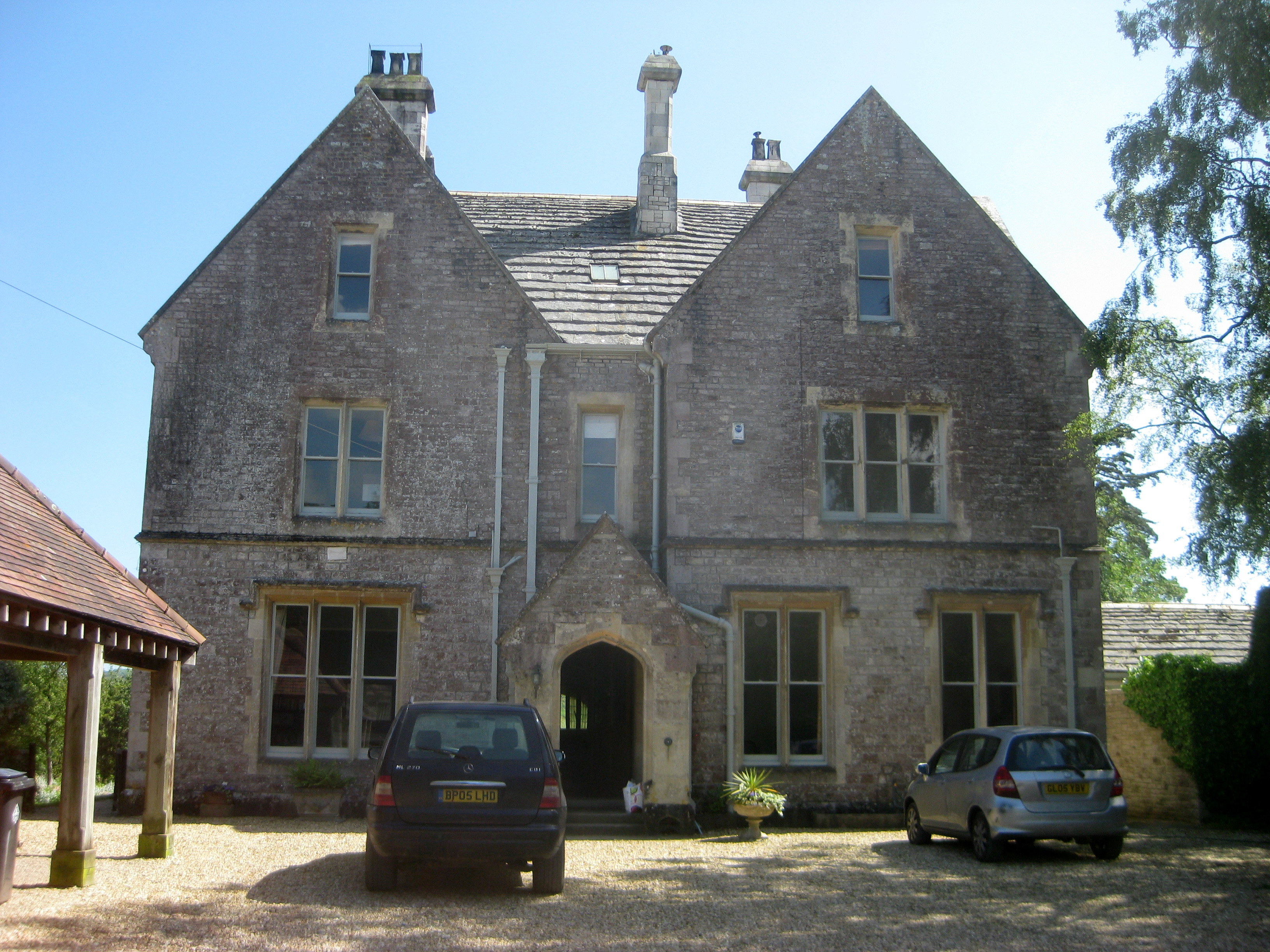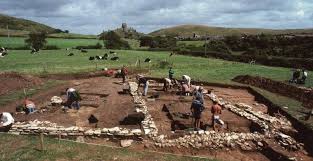Parsonage Coppice
Wood, Forest in Dorset
England
Parsonage Coppice
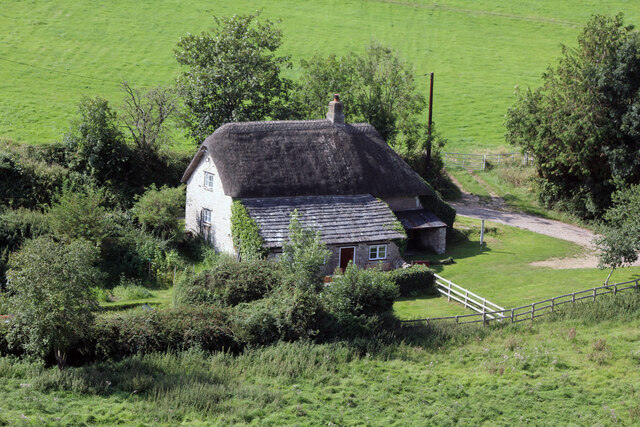
Parsonage Coppice is a beautiful woodland area located in Dorset, a county in the southwest of England. Stretching across an area of approximately 100 acres, this coppice is known for its stunning scenery and diverse flora and fauna.
The woodland is predominantly made up of deciduous trees, including oak, beech, and ash, which provide a rich canopy of foliage throughout the year. These trees create a peaceful and serene atmosphere, making Parsonage Coppice a popular destination for nature enthusiasts and hikers.
Within the coppice, there are numerous walking trails that wind their way through the trees, allowing visitors to explore the area at their own pace. The trails are well-maintained and offer a range of difficulty levels, making them suitable for people of all ages and fitness levels.
Parsonage Coppice is home to a variety of wildlife, including deer, foxes, and a wide array of bird species. Birdwatchers will be delighted to spot woodpeckers, buzzards, and tawny owls, among others, in the woodland's branches.
In addition to its natural beauty, Parsonage Coppice also has historical significance. The woodland has been used as a source of timber for centuries and was once part of a larger estate. Today, remnants of old walls and structures can still be found scattered throughout the area, adding to its charm and character.
Overall, Parsonage Coppice offers a picturesque and tranquil escape for those looking to immerse themselves in nature and explore the rich history of this Dorset woodland.
If you have any feedback on the listing, please let us know in the comments section below.
Parsonage Coppice Images
Images are sourced within 2km of 50.636735/-2.0724748 or Grid Reference SY9481. Thanks to Geograph Open Source API. All images are credited.

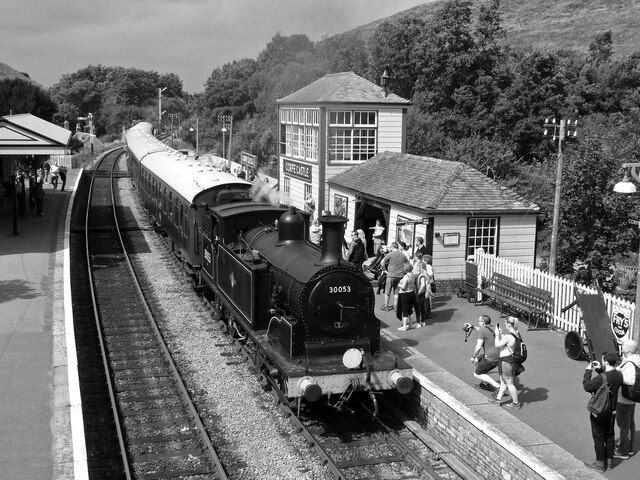
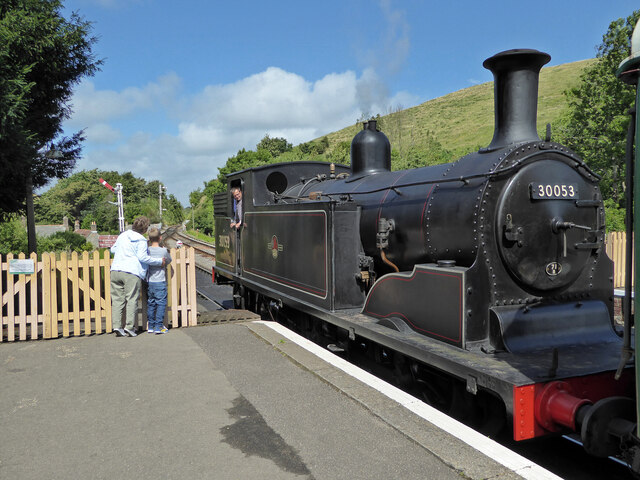
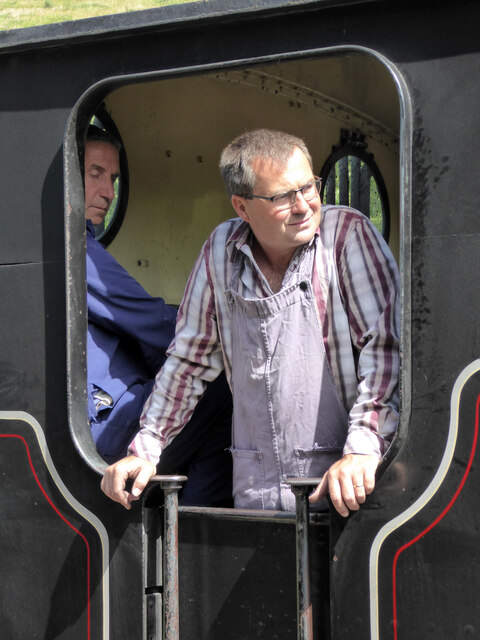
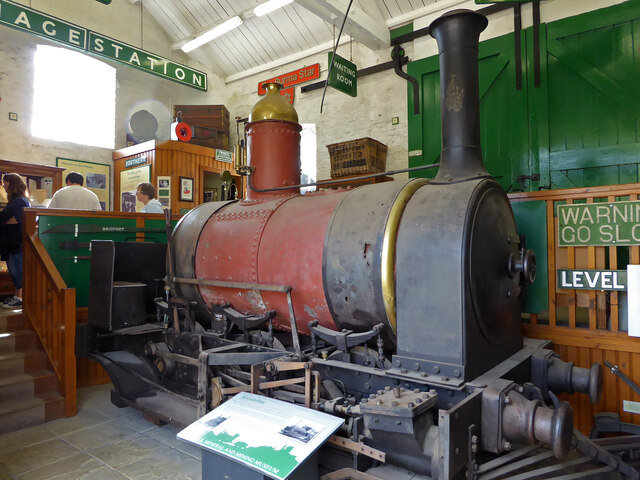
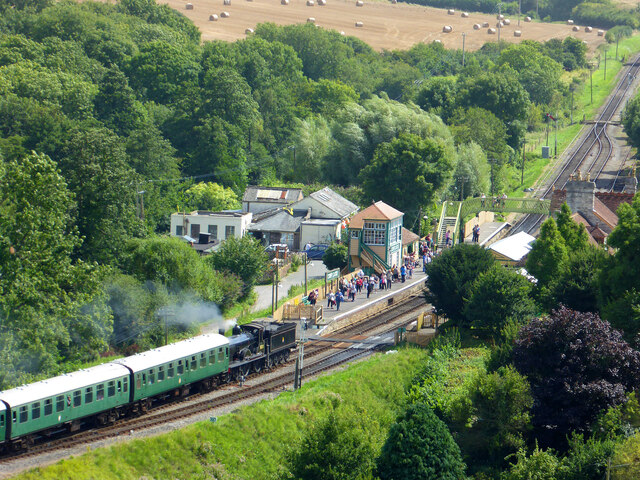
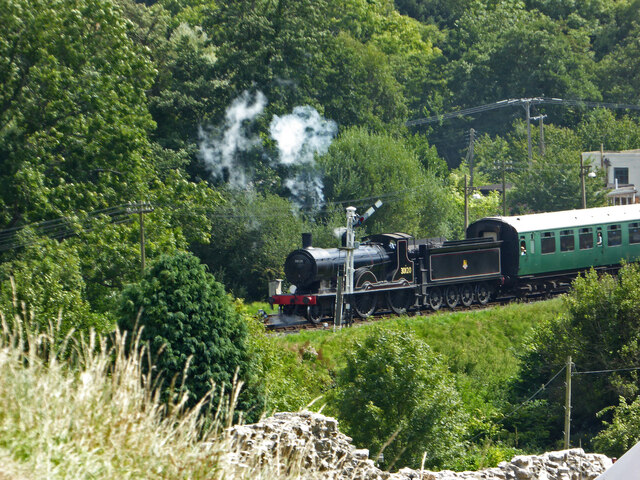

Parsonage Coppice is located at Grid Ref: SY9481 (Lat: 50.636735, Lng: -2.0724748)
Unitary Authority: Dorset
Police Authority: Dorset
What 3 Words
///pouting.polar.formation. Near Corfe Castle, Dorset
Nearby Locations
Related Wikis
Bucknowle Farm
Bucknowle Farm is the site of a Romano-British settlement and a Roman villa, located one kilometre southeast of Church Knowle and one kilometre southwest...
Bucknowle Roman villa
Bucknowle Roman villa is a Roman villa in Dorset, England. It is located within a camping site within the grounds of Bucknowle Farm. == History == The...
Church Knowle
Church Knowle is a village and civil parish on the Isle of Purbeck in the county of Dorset in the south of England. Church Knowle village is situated about...
Isle of Purbeck
The Isle of Purbeck is a peninsula in Dorset, England. It is bordered by water on three sides: the English Channel to the south and east, where steep cliffs...
Nearby Amenities
Located within 500m of 50.636735,-2.0724748Have you been to Parsonage Coppice?
Leave your review of Parsonage Coppice below (or comments, questions and feedback).
